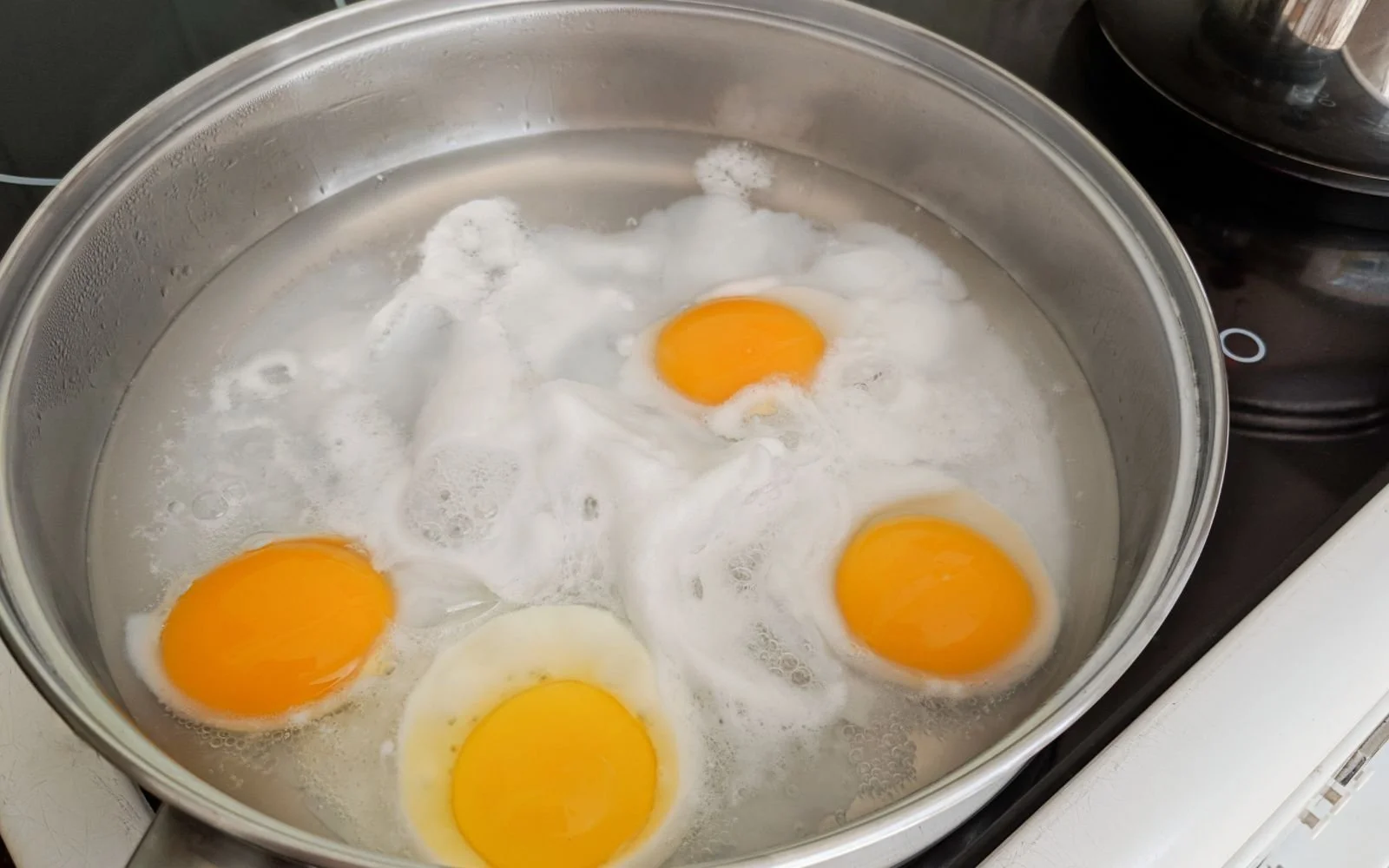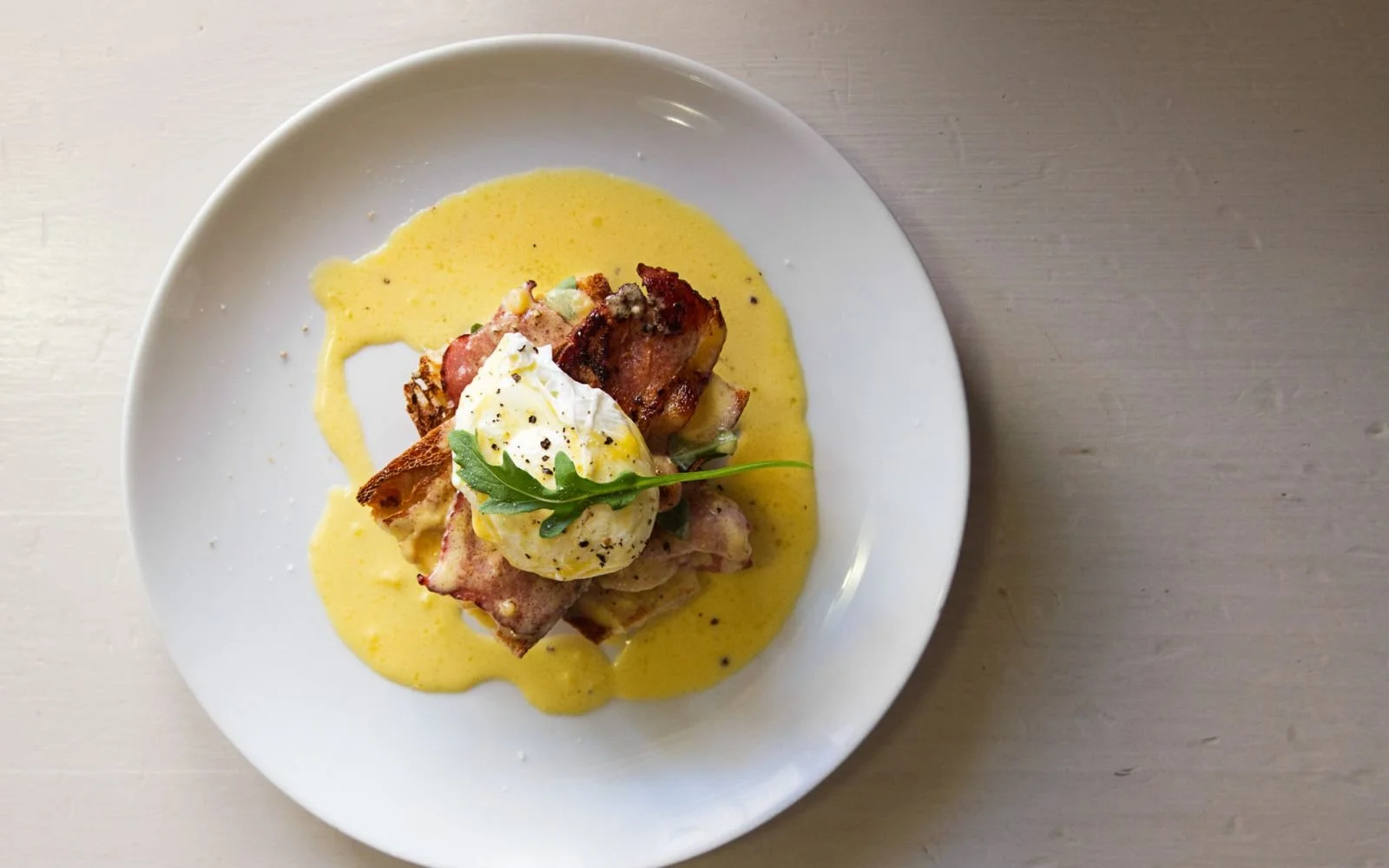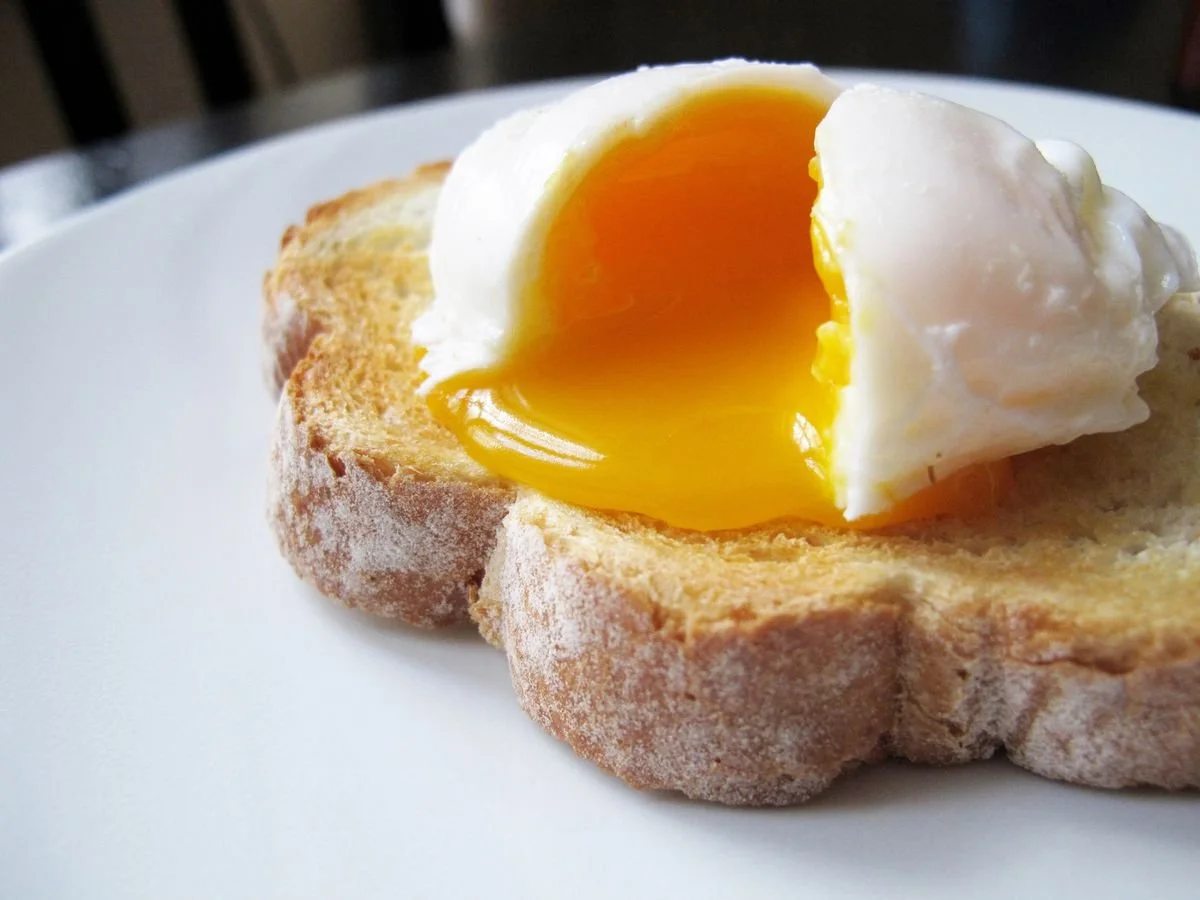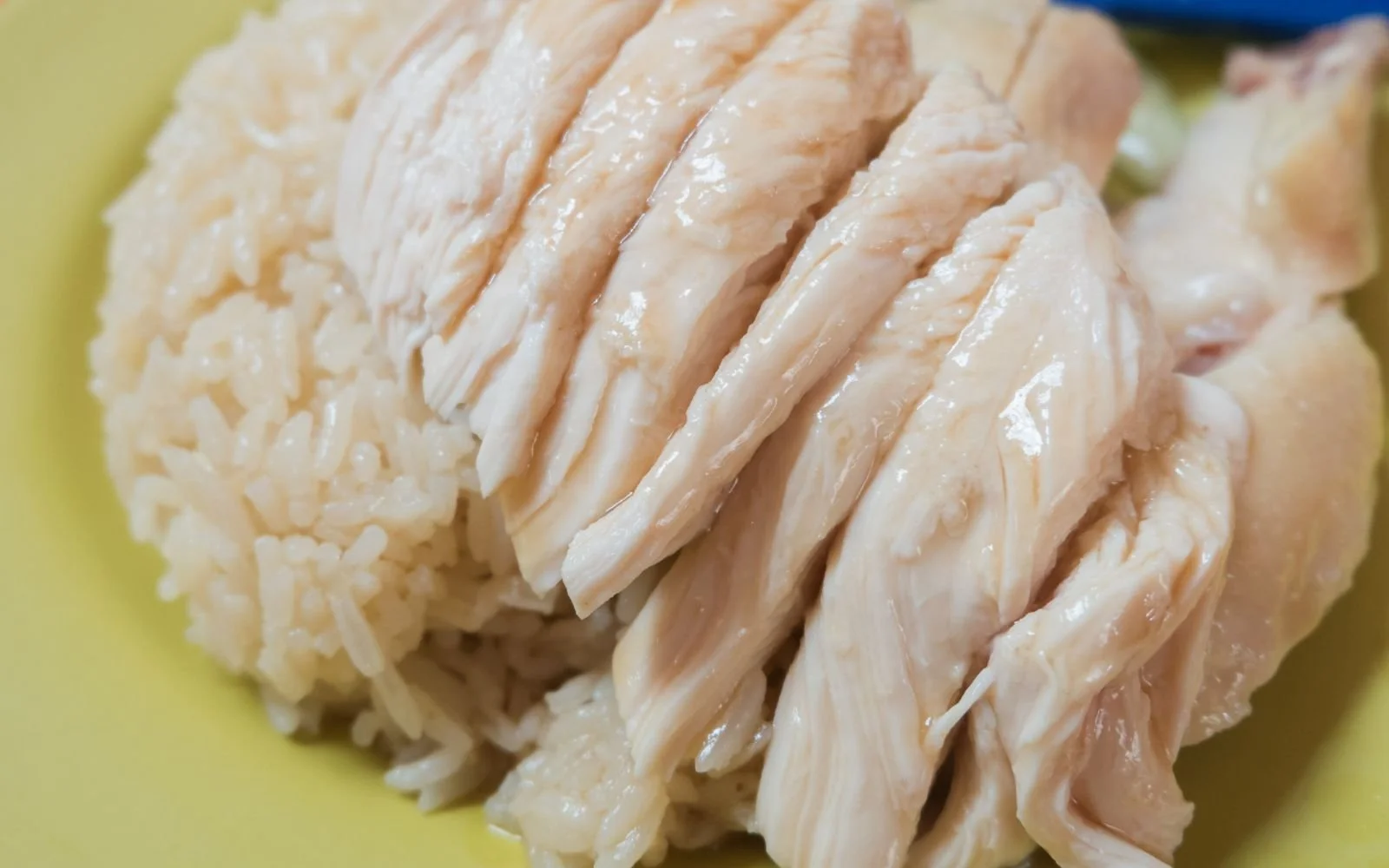Cooking Techniques: The Ultimate Guide to Poaching
Discover > Texas Home Cooking > Cooking Techniques: The Ultimate Guide to Poaching
Whether you're a seasoned chef or a home cook, mastering the art of poaching can transform the way you eat and prepare your breakfast. Imagine starting your day with a serving of delicious poached eggs, delicately cracked open to reveal a soft, runny yolk.
Learning how to poach an egg involves understanding the subtle interaction between the egg white and the poaching liquid. The process begins when you crack an egg into a dish, ready to slide it into a pot of gently simmering hot water. A dash of vinegar helps to set the egg white, while the heat determines the ultimate texture of your poached egg. Planning ahead of time ensures you have everything you need at hand to cook your poached eggs to perfection. This is how you define poach, where the food is cooked very gently just below boiling point.
In certain regions of the state, they've ingeniously been serving elevated poached eggs. The secret? Incorporating Tex-Mex elements, naturally! A full serving Tex-Mex eggs benedict with toast and some sliced chorizo also features salsa, sausage, cilantro, and black beans (how long do black beans last?), and there is no better way to start a Sunday morning.
Poaching Food: How to Poach?
So, you're wondering how to poach food? Well, let's take poached eggs as an example. You'd start by cracking a fresh egg into a small bowl or a cup or ramekin. Then, you'd bring a pot of water to a simmer, not a boil - that's a key tip right there. Once it's simmering, carefully slide the egg into the water, making sure not to break the yolk. Now, here's where the slotted spoon comes into play. After about 4-5 minutes (or until the white is set and the yolk is still runny), you'd use the slotted spoon to gently lift the poached egg out of the water.
What Is Poached Egg?
Poached eggs are eggs that have been cooked, out of their shell, by poaching. Unlike boiling an egg, where the egg is kept in its shell, poaching eggs requires you to crack the egg into a bowl or onto a saucer before slipping it into a pan at approximately 75 Celsius (167°F) of simmering water.
Poaching eggs is a simple but often misunderstood cooking technique. The key to a perfectly poached egg lies in the fresh eggs used and the temperature of that one egg in the boiling water. When you do know how to poach to end up with cooked eggs that have a lovely runny yolk inside.
Tools for Poaching Eggs: The Slotted Spoon
A slotted spoon is an essential tool for making poached eggs. It allows for gentle placement and removal of the egg from the hot water first, ensuring that the delicate yolk remains intact. If you're aiming to impress with your egg poaching skills, remember that practice makes perfect. Don't be disheartened if your first few attempts don't yield the best-poached eggs.
One of the greatest things about this technique is that you can poach eggs ahead of time. Make-ahead poached eggs are an excellent option for meal prep, letting you enjoy perfectly poached eggs for breakfast anytime you want. So, whether you're a seasoned home cook or just learning the ropes, mastering the art of serving perfect poached eggs will undoubtedly level up your culinary game. To poach multiple eggs simultaneously, ensure sufficient water in the pot and prevent the eggs from touching.
Advantages of Poaching Your Food
Poaching is a cooking technique highly prized for enhancing flavor and texture. By using this method, dishes retain moisture, resulting in tender and succulent meats and fish. Despite being slower compared to other techniques, poaching avoids overcooking and keeps proteins juicy without needing fat. It's a method worth the wait, offering flavorful outcomes while preserving the natural taste of the ingredients.
The Science Behind Perfectly Poached Eggs
When you poach an egg, the heat changes the proteins in the bottom to crack an egg into white, a process called "denaturing". To achieve the perfect poached egg, cooking must be done promptly. This quick process ensures that the egg white remains intact and does not crack, preventing the dispersion of more than one egg's worth of liquid into the pot.
As the main protein in egg whites, ovalbumin solidifies, it gives the appearance of being cooked. The trick to successful egg poaching is getting this process to happen swiftly before the egg whites can dissolve into the pot's liquid. Ovalbumin is denatured in solutions with an acidic pH. In this way, it’s common to add vinegar to the water in the pot in which an egg is being poached.
Poaching fish and chicken is critical as it helps retain moisture in the meat, thereby preserving its texture and structure. This method is especially beneficial for delicate meats like mackerel, preventing them from becoming flavorless and dry.
The egg whites of older eggs tend to spread out more in the boiling water. This can result in eggs being in a feathered appearance rather than a compact, round shape.
Mastering egg poaching takes a little practice but it's a worthwhile skill. With our tips, you'll be impressing your brunch (What wine goes well with brunch?) guests with perfect poached eggs in no time.
What Foods Are Best for Poaching
Culinary gurus suggest a variety of foods, not just eggs, that are excellent when poached. This includes certain types of fish like salmon, mackerel, and tuna, as well as poultry meat such as chicken and turkey breasts, duck breasts, and pheasant meat. Pork tenderloin is also recommended for poaching. In the plant-based category, asparagus, potatoes, and carrots can be poached, along with fruits like apples, pears, peaches, and apricots. Even mushrooms and tofu (how long does tofu last?), not usually poached, can turn out delicious with this cooking method. Similarly, poached pears, when cooked slowly in red wine, sugar and spices, make a delicious dessert.
Types of Poaching
Shallow poaching is cooking partially submerged meat in a broth-like liquid, using a shallow cooking vessel. It's great for chicken breasts (What wine goes well with chicken breast?), shellfish, (What wine goes well with shellfish?) and boneless fish.
Submersion poaching, where meat or fish is fully immersed in a court bouillon, works well for larger cuts. For delicate fish, wrapping the filet in cheesecloth helps maintain shape.
A twist on submersion poaching uses animal fats like butter instead of water or broth, ideal for lean meats and lobster. Meat is usually seared before poaching. Confit is another variation of this method.
Poaching Liquids
Poaching isn't just about water; it can involve wine, vinegar, salt, or a mix for shallow poaching, while court bouillon combines these with herbs for submersion. Olive oil promises succulent results, with high-quality types recommended. Milk, notably used in Italian cooking, is great for fish and tenderizes cheap cuts of meat, affording them a delicate texture. An example is Maiale al Latte, a recipe where milk-poached pork shoulder shines. Fumet, a tasty fish stock, is another superb option for seafood.
How Much Poaching Liquid Do I Need?
The quantity of poaching liquid you need is dependent on how much food you’re planning to eat, boil or poach. Make sure your pot is large enough to hold all the food and liquid you need without it overflowing or the pot becoming overcrowded.
How much liquid is needed also depends on what poaching method you’re going to use – e.g., submersion poaching requires far more liquid than shallow poaching, as it’s important to have cold water to cover all the food products.
How Can You Tell When Your Poached Food Is Ready?
Ensuring your poached food is fully cooked is a cinch with a trusty thermometer. It's the most reliable method for checking both the water temperature and the food's internal temperature. While timing can give you an idea, thermometers don't lie.
Take chicken breast, for instance. The thermometer should show 165°F when inserted into the meat's thickest portion. It typically takes somewhere between 10 to 14 minutes to poach chicken.
For fish lovers, it's done poaching when the pan's internal temperature hits 140 °F. Keep in mind, that the water in the pan should be maintained at a gentle simmer, not brought to a boil.
And when it comes to pork, it's ready to be plated when the internal temperature of the meat falls between 140–150°F. A quick tip: jab the thickest bit of the meat and make sure to watch the juices run clear. That's your green light.
Time to Poach!
The kitchen is seen as a place of learning, where various cooking methods are explored to create exciting and flavorful family meals. Poaching is a go-to technique for juicy, succulent meat or fish dishes. It not only promotes a healthy cooking style but also enhances the natural flavors without the need for excess oils and fats. When comparing poached vs boiled cooking techniques the difference is in the temperature of the cooking liquid. Poaching takes place under the boiling point while boiling occurs at the boiling point. To complement poached meals, consider trying spices from local artisan producers of rubs, sauces, and spices.








